23 Cars People Love To Hate

Some cars just seem born to stir up controversy. I once rode shotgun in a Pontiac Aztek while my friend defended it like it was a misunderstood genius.
Meanwhile, passersby stared like we’d committed a fashion crime on four wheels.
Whether it’s a face only an engineer could love or performance that never quite met the hype, certain models have managed to earn a reputation that sparks debates at every car meet.
Loved by a few, roasted by many, they’ve become legends in their own awkward way.
1. Pontiac Aztek

In the realm of automotive oddities, the Pontiac Aztek has become an icon. Its bold, angular lines seemed ahead of its time, but not everyone was ready for such a drastic departure from the norm.
The Aztek was packed with features, including a camping tent accessory, yet many saw it as a tangled mess of design ideas. It’s the poster child for cars that dared to be different, only to be met with raised eyebrows.
Did you know? Walter White’s infamous Aztek from Breaking Bad actually increased its cult following.
2. Fiat Multipla

Behold the Fiat Multipla, an Italian masterpiece—or perhaps a Picasso painting come to life? Its design was revolutionary, featuring a wide stance and a peculiar headlight arrangement.
For some, this compact MPV is lovable in its uniqueness, while others see it as a design mishap. Inside, it offers three front seats, a rarity that adds practicality to the chaos.
Despite its polarizing looks, the Multipla won numerous design awards, proving that beauty is indeed in the eye of the beholder. It’s art on wheels!
3. Nissan Juke

Few designs have split public opinion like the Nissan Juke. Its bug-eyed headlights, exaggerated curves, and compact footprint earned it cult fans—but also a chorus of detractors.
People either loved its quirky, anime-inspired looks or couldn’t get past its froggy face.
The Juke was fun to drive and offered decent turbocharged performance, but its unconventional shape meant limited cargo space and visibility.
Despite its sales success, the Juke’s polarizing style made it one of the most debated cars of its time.
4. Toyota Prius
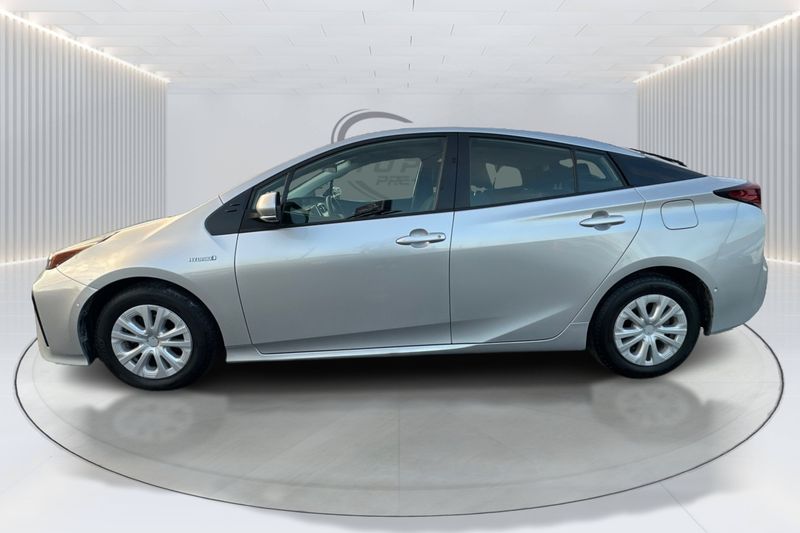
Mention the Toyota Prius, and you’ll likely spark a debate. As the pioneer of hybrid technology, it’s praised for its eco-friendly credentials.
Yet, its appearance has polarized opinions, with some likening it to a spaceship. Love it or loathe it, the Prius remains a symbol of green driving.
Interestingly, its unique design aids in fuel efficiency, proving that form can follow function. The Prius might just be the most misunderstood hero of modern motoring.
5. Smart Fortwo
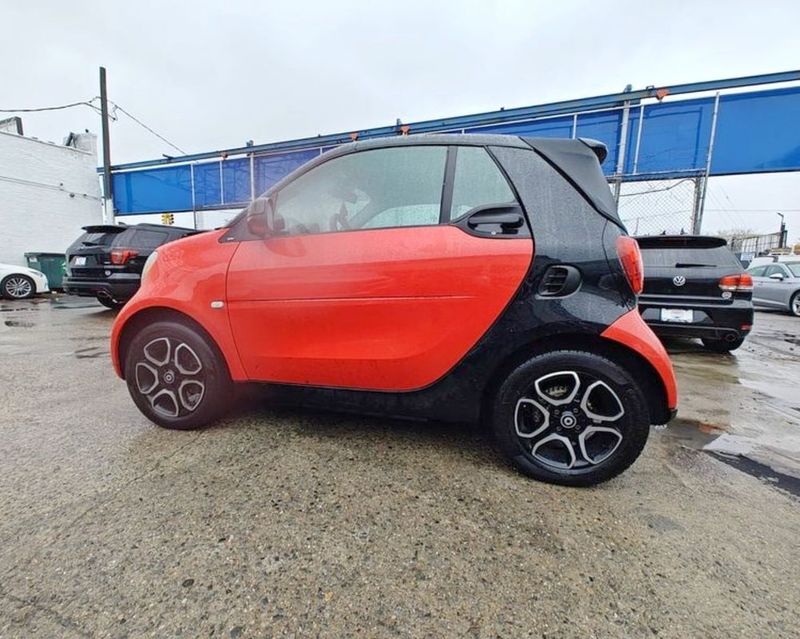
The Smart Fortwo was built for city life, squeezing into impossibly tight parking spots with ease. But outside the urban jungle, it struggled.
With its tiny three-cylinder engine and spartan interior, the Fortwo felt more like a novelty than a real car. Critics panned it for its choppy ride, sluggish performance, and questionable highway safety.
Its unique charm wasn’t enough to overcome its impracticality for most buyers, cementing its place as a car people love to hate—even if it made some smile.
6. Chrysler PT Cruiser
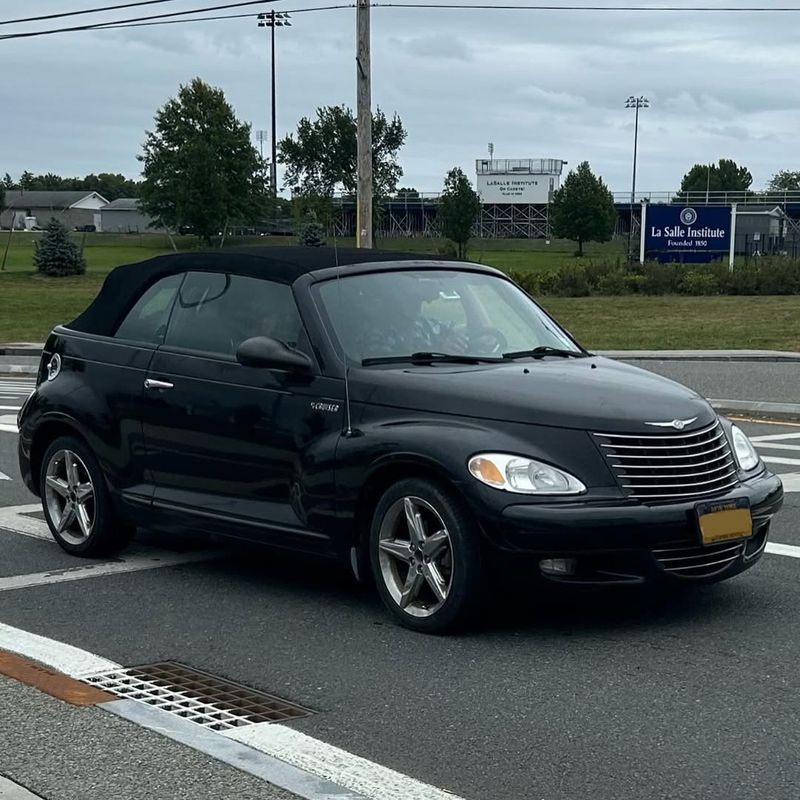
The Chrysler PT Cruiser takes retro styling to the max. With its nostalgic design and chrome accents, it looks like it rolled straight out of a 1950s diner.
However, its attempt to blend vintage charm with modern practicality left many scratching their heads. On the road, it’s a classic case of love it or hate it.
Despite the mixed reception, the PT Cruiser’s distinctive style has garnered a loyal following. For some, it’s a retro delight; for others, a styling faux pas.
7. Hummer H2

The Hummer H2 was unapologetically massive, brash, and thirsty, and that’s exactly why it attracted both fans and haters.
Styled like a military vehicle and consuming fuel like a tank, the H2 became a poster child for environmental excess.
It could conquer rough terrain, but struggled in parking lots and at gas pumps.
Its bold image appealed to some, but for many others, the H2 was the automotive equivalent of shouting in a library—loud, unnecessary, and impossible to ignore.
8. Chevy SSR
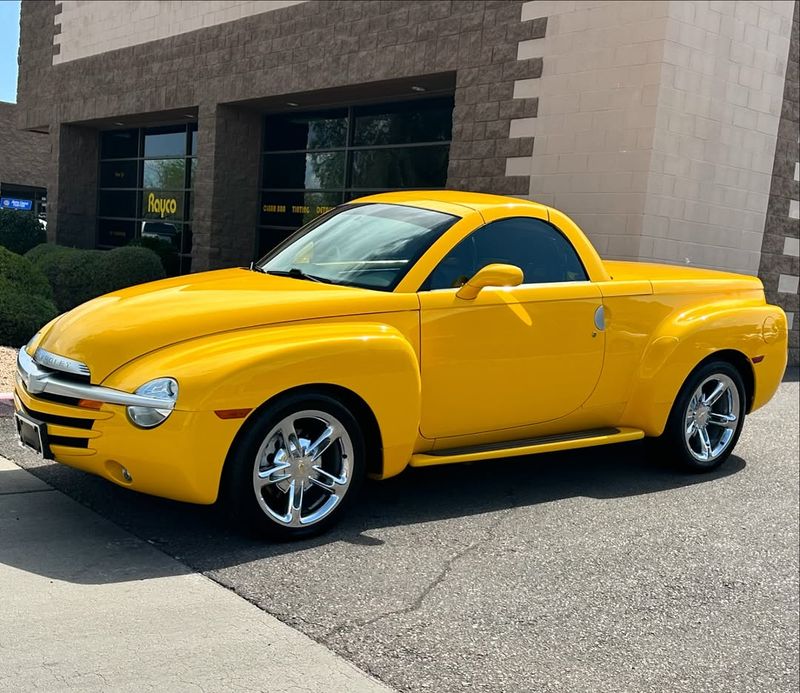
Part convertible, part pickup truck—the Chevy SSR is a fusion of styles. Its retro truck design and convertible roof make it a standout, but not always for the right reasons.
While some appreciate its nod to the past, others find it an awkward mix of ideas. The SSR is a polarizing piece of automotive history.
Nevertheless, its unique charm and limited production run have made it a collector’s item. It’s a quirky classic for those who dare to be different.
9. Dodge Caliber
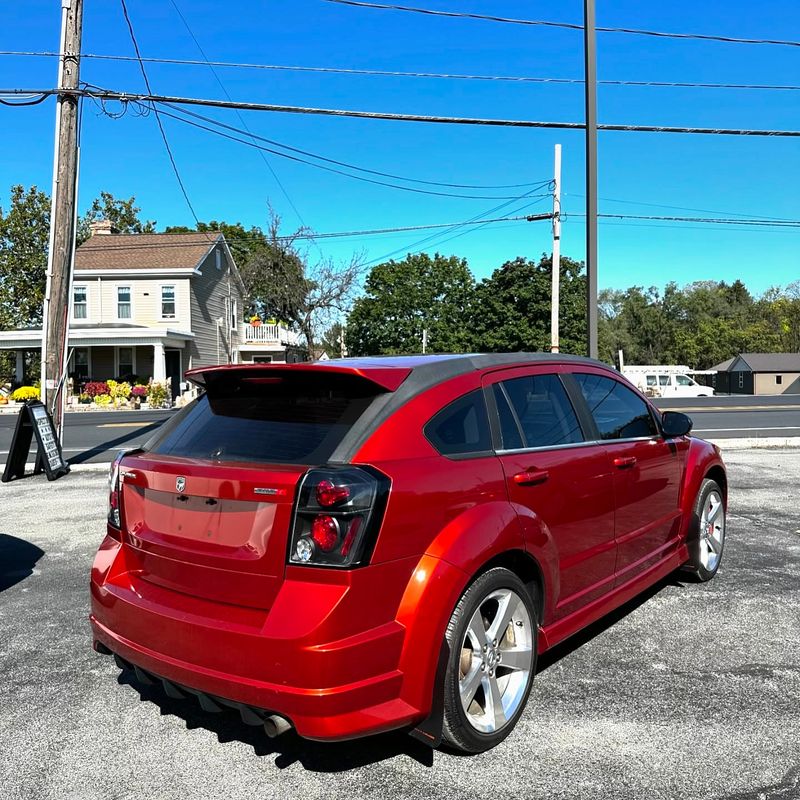
The Dodge Caliber aimed to be different, but its execution left much to be desired. Its bold grille and compact SUV design didn’t win over everyone.
Inside, the Caliber tried to offer versatility, yet it often felt like style over substance. Critics panned its performance and build quality.
Despite its shortcomings, the Caliber found a niche audience who appreciated its distinct look. It’s a reminder that taking risks doesn’t always pay off.
10. Honda Crosstour

The Honda Crosstour was a mash-up nobody really asked for—a coupe-inspired crossover based on the Accord.
With its high rear deck and awkward proportions, it confused shoppers and critics alike. Practicality was hindered by the swooping design, and its styling couldn’t compete with more conventional SUVs.
Though it had Honda reliability and a smooth ride, its strange identity left it in a weird limbo: too big for sedan lovers, too weird for SUV fans. Unsurprisingly, it faded away after a short run.
11. BMW X6

The BMW X6 is a contradiction on wheels. With its sporty coupe design and luxury SUV proportions, it’s a vehicle that defies categorization.
This blend of styles has earned both fans and critics. Some adore its daring looks, while others see it as an identity crisis on wheels.
Yet, the X6’s performance and luxury features have won over many. It’s proof that sometimes a bold move can create a whole new category.
12. Tesla Cybertruck
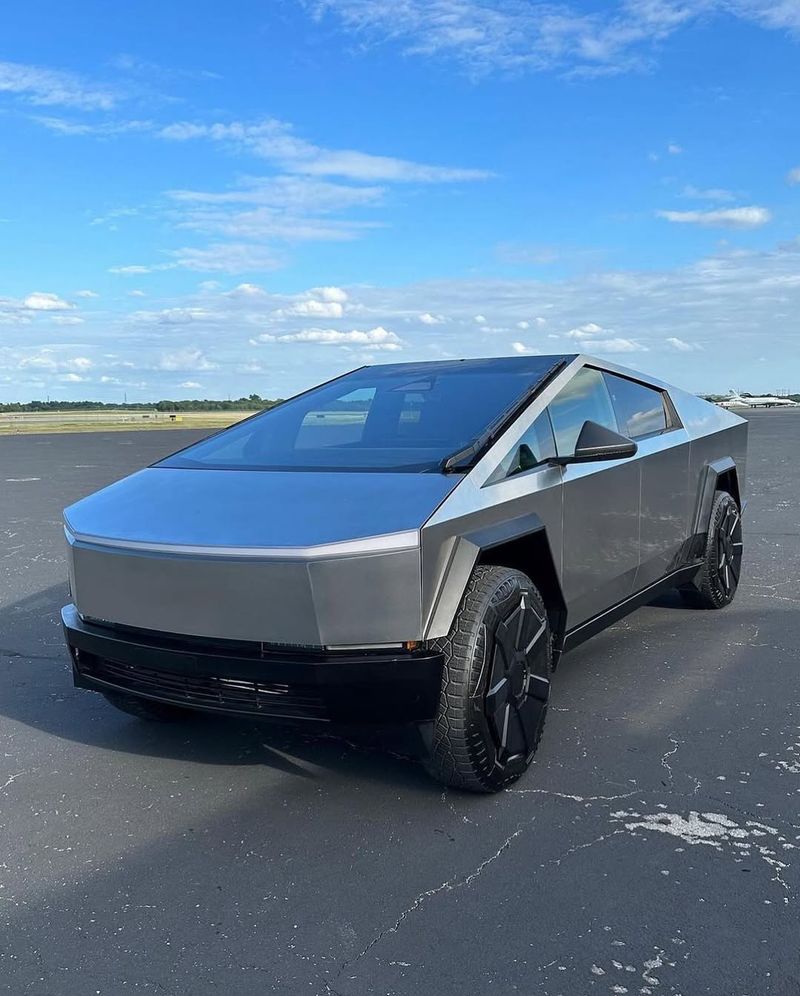
The Tesla Cybertruck is straight out of a sci-fi movie. Its angular, stainless steel body is as futuristic as they come.
While some admire its bold departure from conventional design, others find it too radical. The Cybertruck is as polarizing as it is innovative.
Regardless, it’s a testament to Tesla’s commitment to pushing boundaries. Whether you love it or hate it, you can’t ignore it.
13. Lincoln MKT
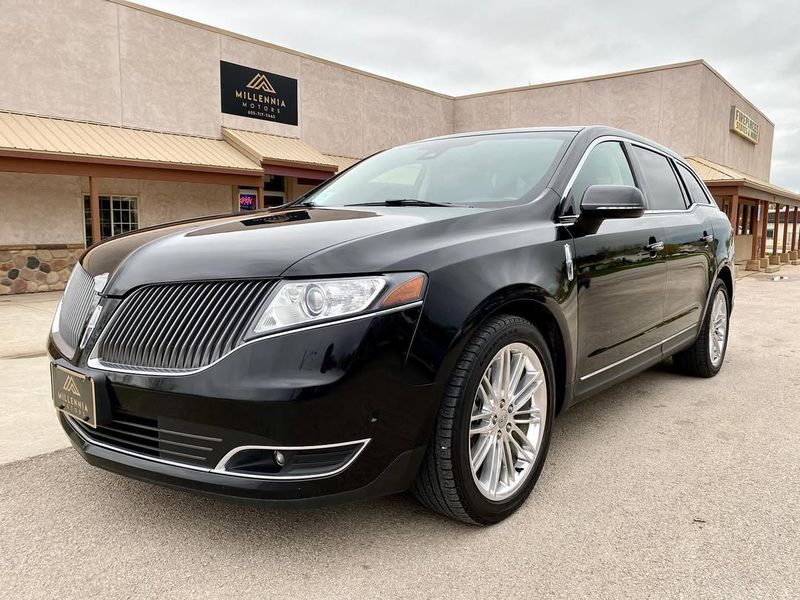
The Lincoln MKT tried to blend luxury with practicality, but ended up polarizing nearly everyone.
Its oddly proportioned, bulbous design turned heads for all the wrong reasons, and the polarizing split-wing grille didn’t help.
While the cabin was upscale and packed with tech, the MKT never truly found its audience. Critics questioned its identity—was it a luxury SUV or an awkward wagon?
Despite its comfort and performance, it quickly became a go-to example of how styling alone can sink a car’s reputation.
14. Jeep Compass (first gen)

The first-generation Jeep Compass aimed to capture the adventurous spirit of the brand.
While it looked the part, its off-road capabilities didn’t quite match up to its rugged image. Critics were quick to point out its shortcomings.
Despite this, the Compass found fans among those seeking an affordable entry into the Jeep lifestyle. It’s a lesson in not judging a book by its cover.
15. Mitsubishi Mirage
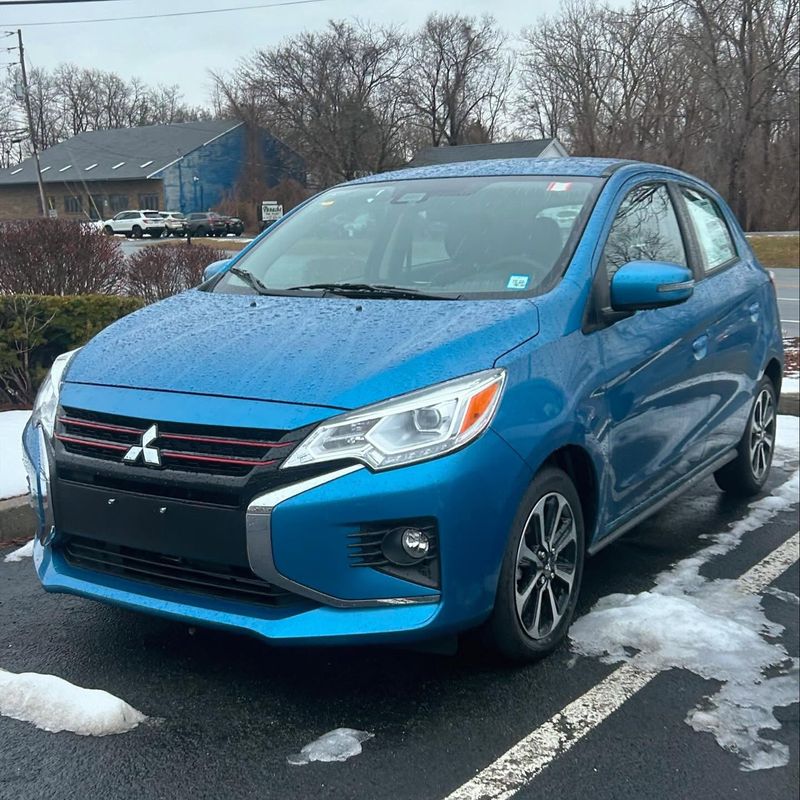
The Mitsubishi Mirage was cheap—both in price and feel. While it offered unbeatable affordability and impressive fuel economy, the rest of the package left a lot to be desired.
Its underpowered engine, flimsy interior, and vague handling made it the butt of many enthusiast jokes. Critics slammed it for being noisy, slow, and uninspiring.
Yet, it stubbornly sold to those prioritizing cost over everything else. It’s a car people love to mock, but for some, the price was just too right to ignore.
16. Chevy Aveo
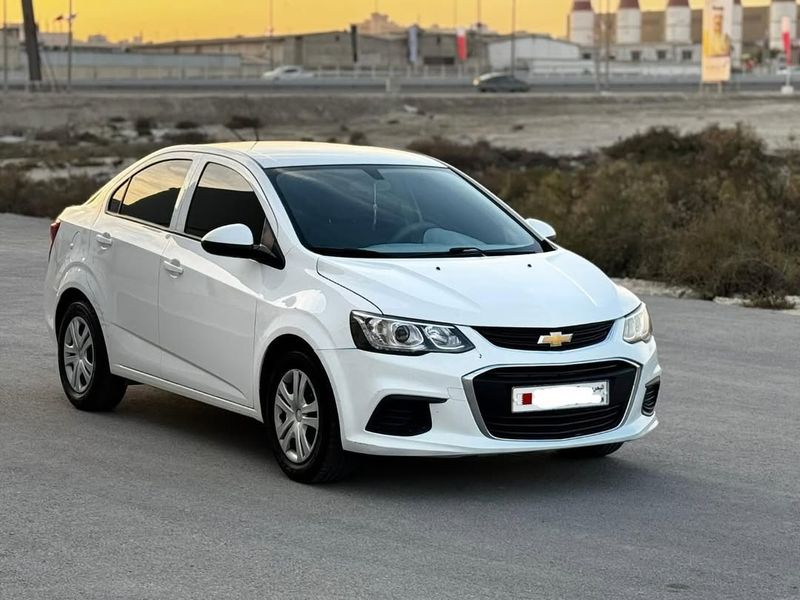
The Chevy Aveo is the quintessential economy car. Its compact dimensions and straightforward design appeal to budget-conscious drivers.
However, its performance and build quality have drawn criticism over the years. While it gets the job done, it doesn’t turn heads.
For some, the Aveo is a reliable companion; for others, it’s a reminder of the sacrifices made for savings. It’s proof that practicality sometimes trumps pizzazz.
17. Ford Mustang II

The Ford Mustang II had the unfortunate job of following up a legend—and it arrived during the fuel crisis.
Downsized and built on the Pinto platform, it lacked the muscle and bravado that made the original Mustang an icon.
While it did sell well, especially in the early years, enthusiasts quickly turned their backs on it.
With minimal power and questionable styling, the Mustang II became the black sheep of the family. Today, it’s a reminder that even legends can stumble.
18. Subaru B9 Tribeca
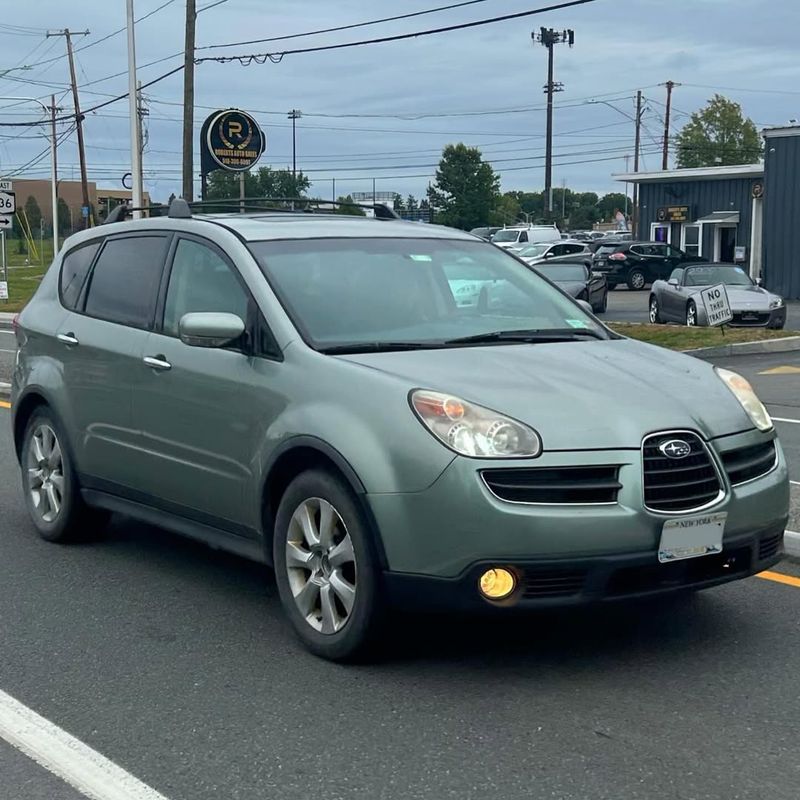
The Subaru B9 Tribeca is as divisive as they come. Its unique front grille and crossover design set it apart, for better or worse.
Some appreciated its bold styling, while others couldn’t overlook its polarizing appearance. Yet, it offered the practicality Subaru is known for.
In the end, the Tribeca is a testament to Subaru’s willingness to take risks. It’s a vehicle that dared to be different.
19. Cadillac Cimarron
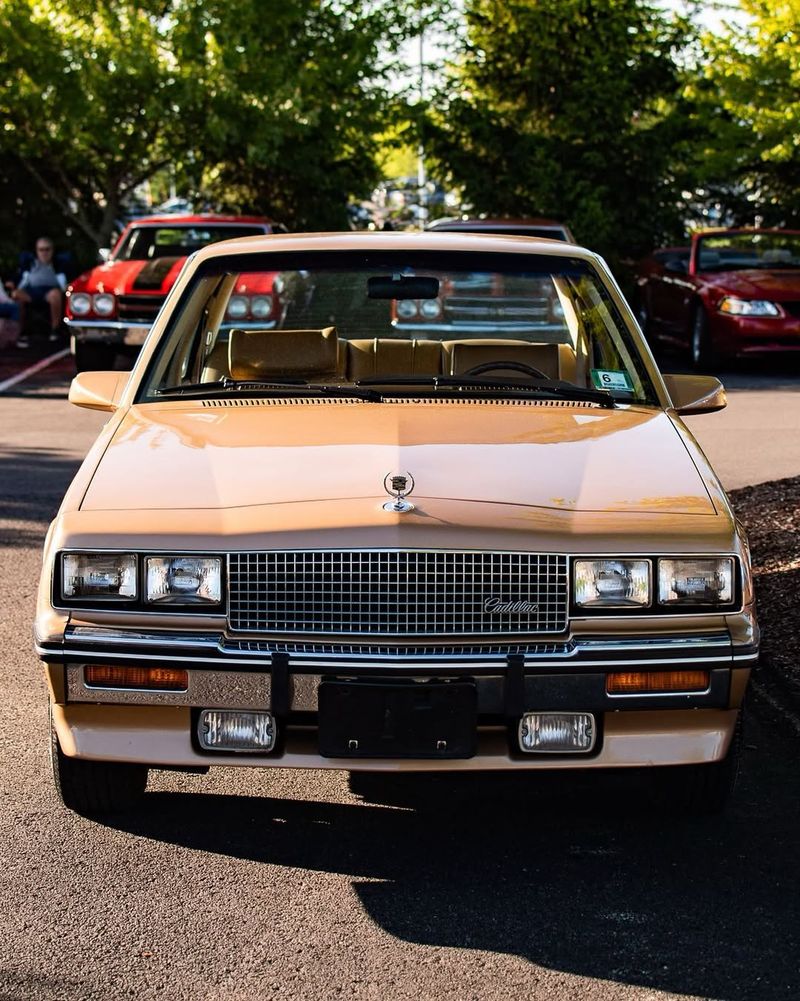
The Cadillac Cimarron is a lesson in brand identity. As Cadillac’s attempt at a compact luxury sedan, it left much to be desired.
Critics panned its lack of luxury features and underwhelming performance, viewing it as a tarnish on the brand’s reputation.
Despite its flaws, the Cimarron represents a time of experimentation for Cadillac. It’s a reminder of the challenges in maintaining brand prestige.
20. Acura ZDX
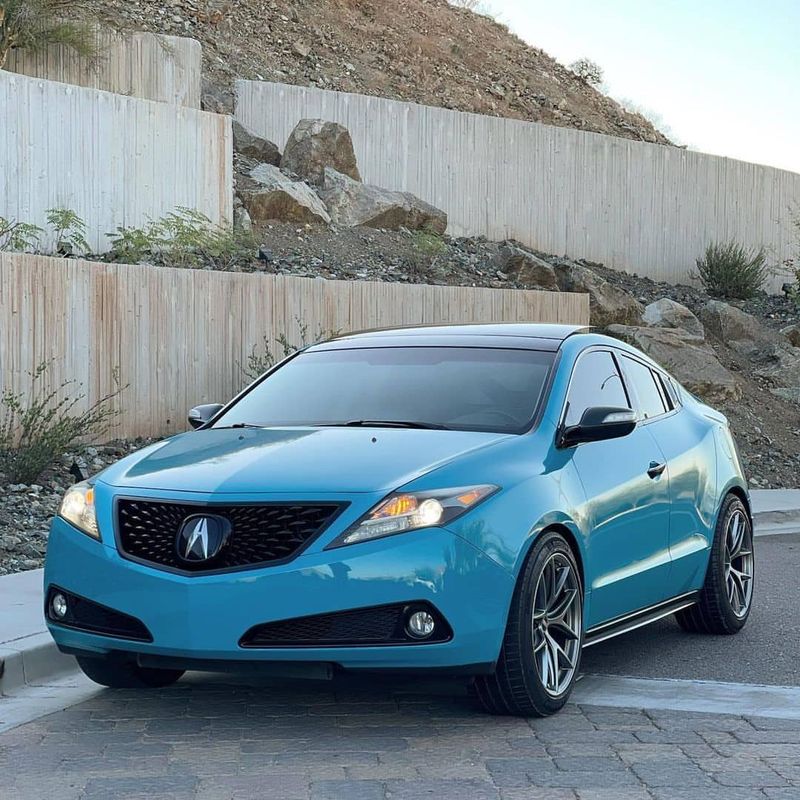
The Acura ZDX is a bold statement in automotive design. Its coupe-like roofline and luxury crossover design are polarizing, to say the least.
While it offered a premium experience, its styling divided opinion. Some saw it as a futuristic marvel, while others found it impractical.
Nevertheless, the ZDX’s uniqueness has earned it a niche following. It’s a vehicle that dared to break the mold.
21. AMC Gremlin

The AMC Gremlin was bold, weird, and cheap—a subcompact with a chopped-off rear that looked like half a car.
Designed during a time when American automakers were scrambling to respond to small imports, the Gremlin was rushed to market and it showed.
Its looks were divisive, its quality hit-or-miss, and its handling forgettable. But it had personality in spades.
While critics laughed at its design, some buyers appreciated its quirkiness. Still, the Gremlin remains a car many love to hate—and others love to defend.
22. Saturn Ion
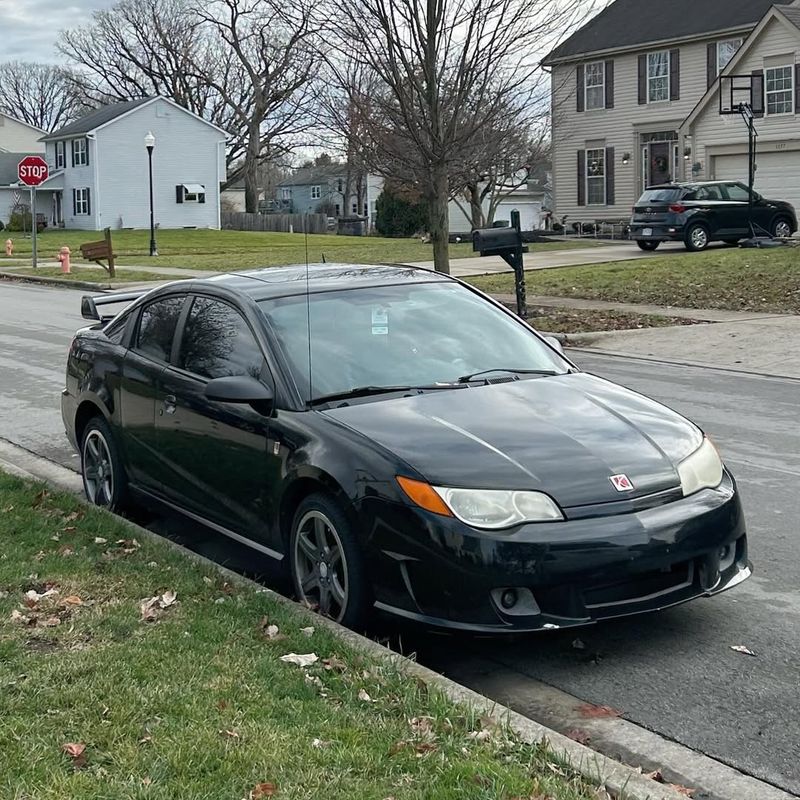
The Saturn Ion is a symbol of early 2000s design philosophy. Its compact sedan design aimed for the mass market, but its reception was mixed.
While it offered practicality and affordability, some criticized its uninspired styling and interior quality. For many, it was a car that did what it needed to do, nothing more.
Despite this, the Ion found its place as a reliable, if unremarkable, choice. It’s a reminder of Saturn’s role in the automotive landscape.
23. Dodge Nitro
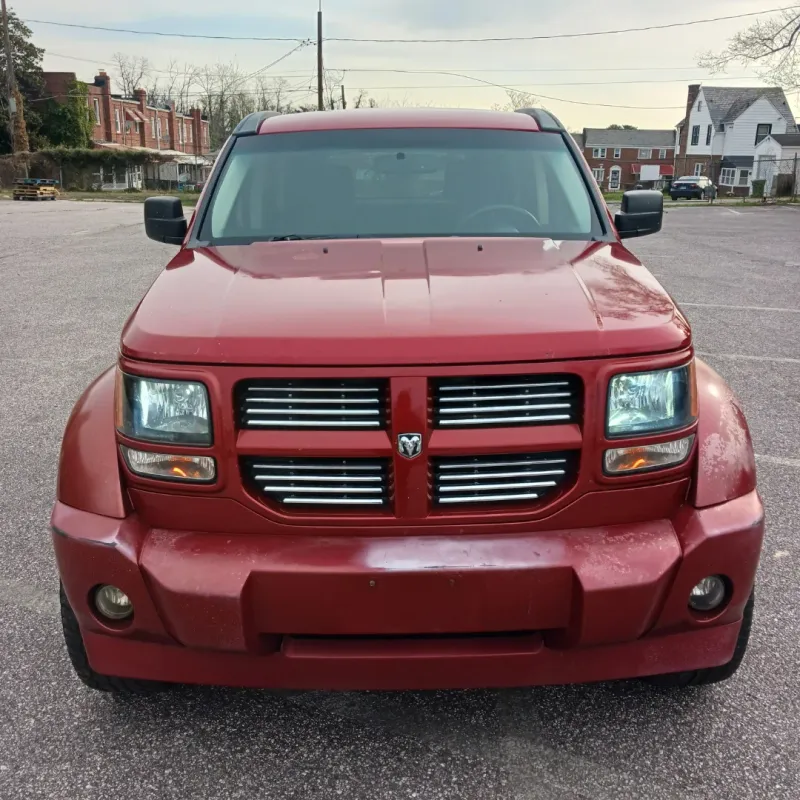
The Dodge Nitro stands out with its boxy SUV design and bold front grille. It’s a vehicle that aims to appear tough and rugged.
However, its performance and interior quality didn’t quite match its exterior promise. Critics often saw it as style over substance.
Yet, for those who value its striking looks, the Nitro is a head-turner. It’s proof that sometimes, appearances can be deceiving.
